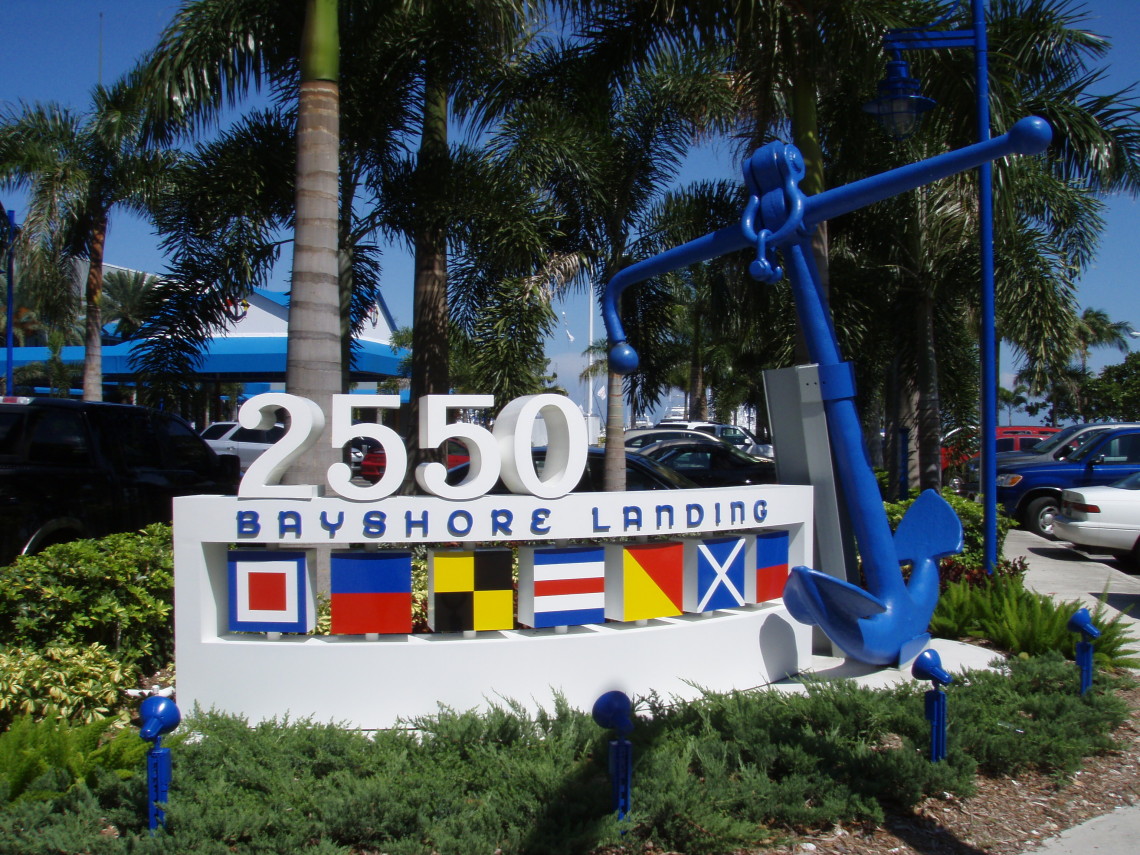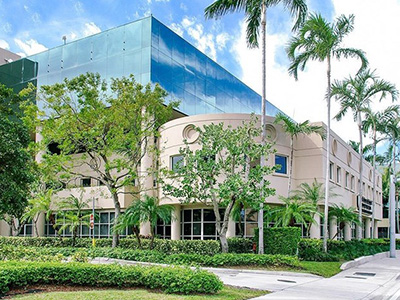Published Articles
Critique of Changes in the Florida Keys National Marine Sanctuary Management Plan
The first draft of the Florida Keys National Marine Sanctuary (hereafter FKNMS) action plan during a public revision period. The final plan was submitted in September 1996, after considerable public and private interest input.
A very important aspect of Submerged Cultural Resource Management (hereafter SCRM) is public input and understanding the nature of the locals views to these resources. This revision policy is an integral part of designing a plan that will not only protect the resources, but to also include the needs of the communities which use these resources. It is regretful that the most interested parties in the Florida Keys seem to be Treasure Hunters, and misinformed sports divers.
This actions plan lost most of the hard line policies that were present in the draft version, and after this revision some of the most important regulatory devices were lost completely, “We deleted the regulatory provisions requiring a performance bond.” (FKNMS web site). Performance bonds were created to make sure permitees had the financial backing to be able to complete the costly research, excavation and conservation of artifacts. These bonds were created to insure a proper quality of work done. These bonds made sure that inexperienced low budget fly by night operations could not destroy valuable cultural resources by excavating half a wreck site and running out of money so the rest of the site lies exposed with only half of the research done and at great peril to the remains.
Salvors must have sufficient interest in a site to not only damage a wreck enough to see if gold fills the hull, but to fulfill there requirement to properly research and excavate the wreck. The general liability insurance requirement ” Which is now standard procedure for any government or state sponsored activity ” was scraped, leaving wide loopholes in coverage for “Loss, or injury to Sanctuary resources arising out of permitted activities.” I am glad that work was done to clarify the language used, but once again “The requirement is more flexible” which does no good for nonrenewable resources. These regulations were taken out of the final draft because of the numbers and the political push of just the type of treasure hunters that this policy hoped to get rid of. It is so sad to see the way treasure hunters have influenced this Action plan when these are the people this plan needs to keep away from our cultural resources if we would like to gleam any scientific, or historic information from them. The draft plan included requirements that included public access and display. This seems like a perfectly normal request that the public should have a chance to view their past and better understand maritime or cultural history, but treasure hunters are very apposed to most public displays because they make no sale of artifacts and usually no money from the display.
NOAA has decided that artifacts due not need to be publicly displayed for all time. “Many would disagree” but instead “The regulations have therefore been modified to indicated that permittees must provided public access and “periodic” public display. (FKNMS web site) I think that a good deal of interpellation can go on about “periodic” display, and the revision also addresses curation techniques as needing to be within “standard museum practices.” These curation practices should be consistent with the Federal Archaeological Program, but why are these outlines not stressed here when protection of resources is affected.
This regulation also provided for a permit to deaccession certain SCRs which creates problems artifacts records and research opportunities. Many treasure hunters rallied forces against many parts of the FKNMS plan that dealt with any regulations dealing directly with their business. They put out large amounts of propaganda against this plan and tried to show their views as reflecting the views of all of the Key’s residence. Because the salvage industry and many treasure hunters are based in the Keys and have historically been located there, many of these treasure hunters have political clot and much support in the community. They have been the plan’s adversaries since the beginning, and are the main reason why such a large percentage of the public do not truly understand the protection and science gleamed from the strict protection of SCRs.
Because of intense lobbying many of their goals were met, and much of this plans protection lost. They lobbied to have full rights to all survey -inventory permits and they pushed for remote sensing without a permit. This would enable large treasure companies to search all over the marine sanctuary with no regulations and they would have full rights to the information they obtained. I am all for public access and enabling multiple uses in the FKNMS and I realize that non-intrusive remote sensing does not harm SCRs, but allowing these treasure hunters to work without permits even in the initial stages compromises the function of NOAA and the protection of SCRs. If permits were required then the authorities would know how many, and what types of groups were interested in research. This would also allow NOAA to inform groups of the rules and regulations evolved with continued work. The decrease of regulations is beneficial not for the public, or scientist but only to make the treasure hunters job easier. I feel it is truly ridiculous that an expedition doing underwater archaeological research in the FKNMS must have a professional Archaeologist in charge, but this Archaeologist need not be on site. How can NOAA expect by any stretch of the imagination that professional archaeology techniques and procedures will be followed when there is no archaeologist there to observe the every changing conditions of the site and artifacts to be raised, not to mention to check the methods used to properly recorded, recover, and conserve.
This professional Archaeologist is the only hope NOAA has to help protect the parks resources, and many times the only one that will enforce the plans policies on the treasure hungry looters. Why has NOAA and this revised plan taken power and emphasis away from the role that the Archaeologist plays in salvage and excavation. These revisions seem to label the professional Archaeologist as token scientist that just need to “oversee the operations.”. Treasure hunters also disliked the idea that a professional nautical conservator would be in charge of the artifacts conservation. How could any individual correctly conserve maritime artifacts “Which is a science in and of itself ” unless they were trained in this science and have professional credentials. This requirement was poorly changed ” to delete “professional” and insert “authorized” in order to provide more flexibility in the permit system.”(web). If you needed medical attention you would assume that the doctor would not only have completed schooling, but had also completed requirements to reach professional status before the preformed critical procedures. I even look for professional certification for the mechanics that work on my car, but NOAA seems to feel that the conservators of nonrenewable resources do not need to be professional or have any type of certification.
Once again this plan witch was designed to implement proper procedures and strict regulations has become more “flexible” and much more lacks due to pressure from the treasure hunters. I could not find a historian, archaeologist, or a museum curator that would be in favor of relaxing these measures, because these people realize the importance of professionalism in the science of SCRM and in keeping and interoperating artifacts from our past. The final draft provided changes to the actual manipulation of the seabed, and removal of artifacts that could be found there.
This new modification provides for “Limited manual alteration of the sea bed, including handfanning.”(Web) Where is the line to be drawn? Treasure hunters now have free reign to disturb the SCRs by any “Manual” means. This wording could include use of crowbars, and any other nonmechenized tools. This is exactly the type of assault on wreck sites and other important SCRs that this action plan must prevent. By using vague wording instead of harsh regulations this particular part of the reform seems to be the one that could be misused the most, and also cause the most damage to the resources. How much fanning or other alteration does NOAA consider to be too much? How do you police such a policy of partial excavation by limited means? Why does NOAA allow for even partial excavation on SCRs at all in a national marine sanctuary? These are many questions that I can not seem to answer.
One of the statement that NOAA put out on the web added insult to injury; “additional changes were made in the final regulations and plan in an effort to the permit management systems more pragmatic” it tries to show that this revised draft makes it much harder for treasure hunters to work in the FKNMS. None of these modifications make the permit system more “pragmatic” to the treasure salvors as the statement declares. They note: “The permit conditions may be more rigorous than the requirements of the admiralty court or the State contract system” (Web) This seems to be the one paragraph that just like the treasure hunters’ propaganda in stressing the increasing government intervention and protection of SCRs.
It is a pity that the final draft wavered so much in the face of the popular treasure industry and threw out so many measures that are necessary for the protection and understanding of our cultural heritage. NOAA must feel a need to produce such a piece just to try to make some of the scientific community happy . Although with closer inspection it really does appear to be a farce. I respect the commitment that NOAA has made to listen to the public and the community that the sanctuary represents. I do however disagree with much of the leniency that the final guidelines have given to many areas directly associated with the treasure industry.
No mention is made about any other significant changes other than the ones described above. It is a shame that other ideas concerning public interaction with SCRs and access to sites were not brought up. We need more interaction with the public in the Keys to educate people as the effect that treasure hunting has on cultural resources. These people have to be shown the true nature of nonsceitific excavation, and the reasons that these regulations should be enforced.
People should learn of the responsablity they have to keep SCRs protected for future generations. NOAA itself must reexamine its policies toward the very industry that it was created to regulate, and hopefully in the future a compromise can be reached that does not compromise SCR protection or good science.



